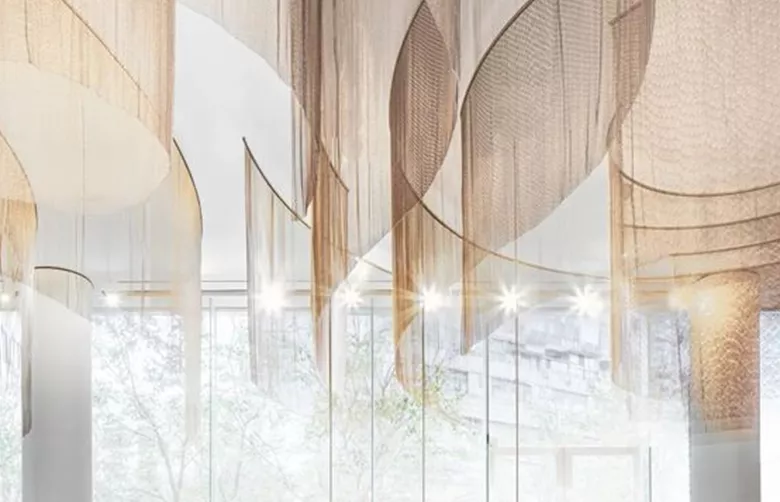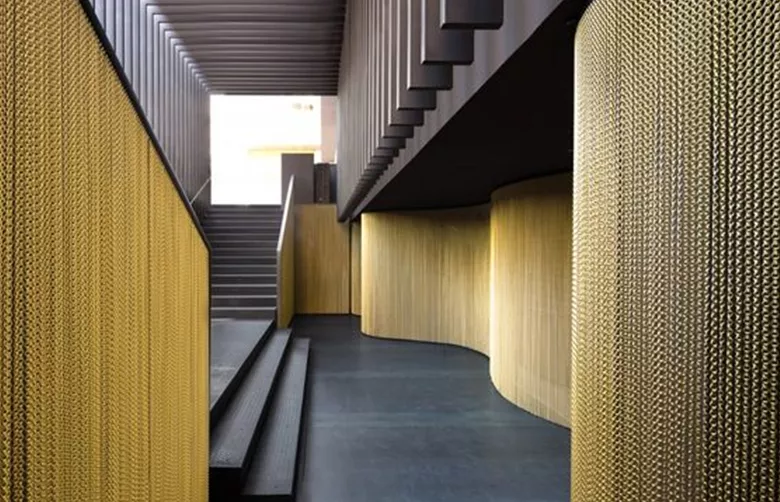-
About UsProductsCustomized SolutionProjectGalleryNews
Architectural Wire Fabric: Redefining Modern Architecture with Versatile Metal Mesh
Release time: June 20, 2023Architectural wire fabric, with its versatile nature and captivating allure, is revolutionizing modern architecture by redefining both the aesthetics and functionality of structures. This article delves into the extensive applications of architectural wire fabric in modern architecture, showcasing its utilization in building facades, interior partitions, and sun shading systems.
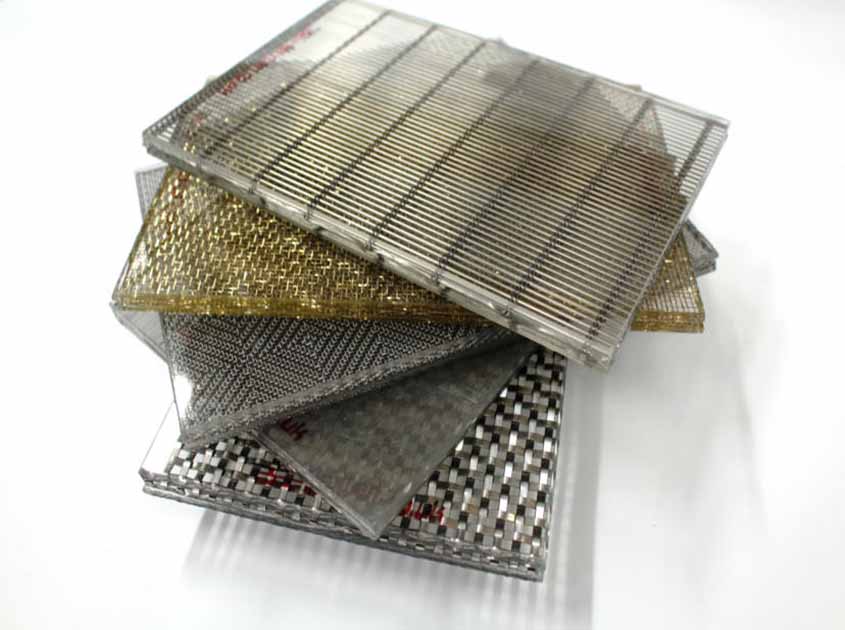
Architectural wire fabric, also known as metal mesh, offers a remarkable blend of practicality and visual appeal. Its inherent characteristics, such as transparency, light control, and durability, make it an ideal choice for architects seeking to create distinctive and dynamic designs. The flexibility of architectural wire fabric allows for the creation of intricate patterns, textures, and shapes, enabling architects to transform traditional building elements into captivating works of art.
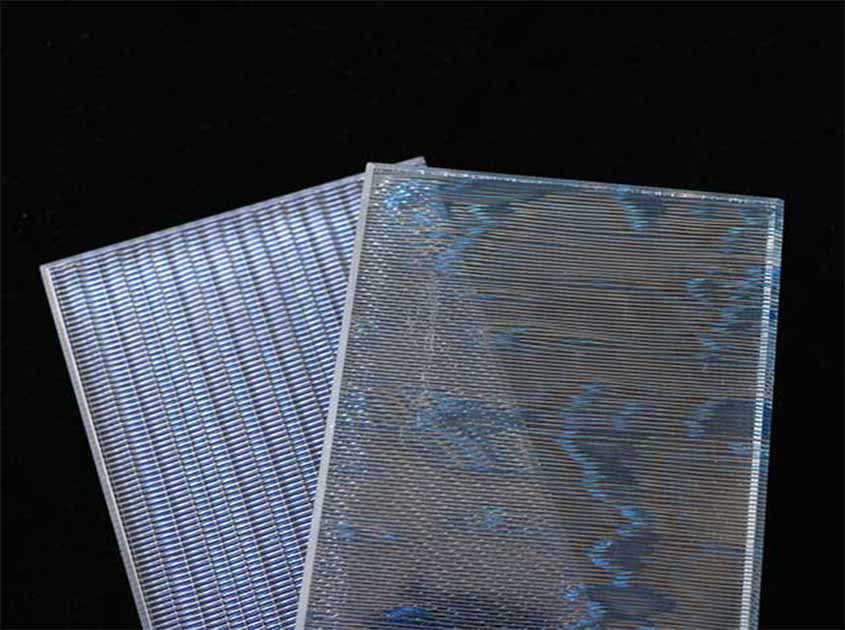
One of the primary applications of architectural wire fabric is in building facades. By incorporating metal mesh into facades, architects can achieve a visually striking and contemporary appearance. The transparency of the wire fabric allows for a play of light and shadow, creating a sense of depth and rhythm. Additionally, the ability to customize the mesh's openness and density provides architects with control over privacy, ventilation, and solar heat gain within the building.
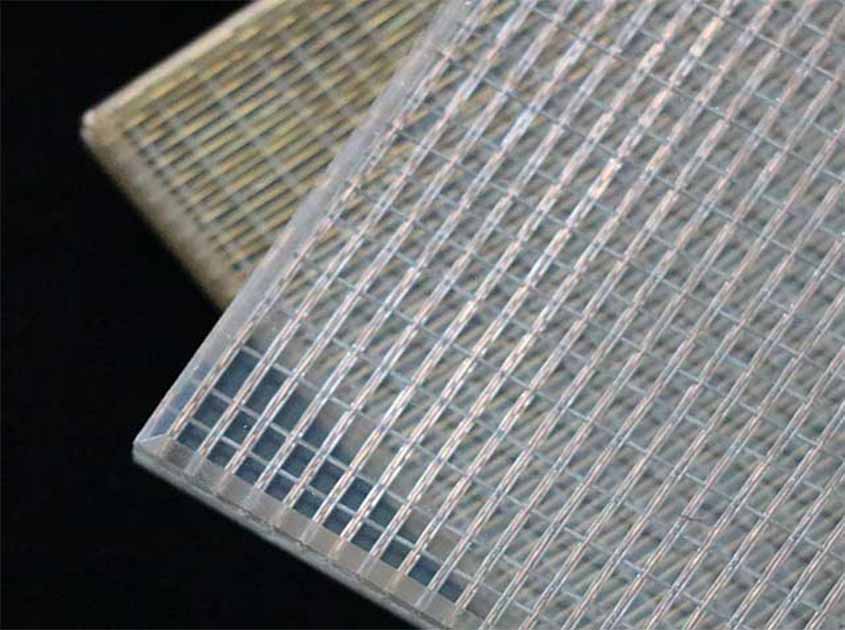
Interior partitions offer another area where architectural wire fabric shines. Metal mesh partitions provide a balance between openness and separation, promoting visual connectivity while delineating distinct spaces. The semi-transparent nature of the fabric enhances spatial flow and fosters a sense of unity within the interior environment. Moreover, the acoustical properties of certain wire fabrics contribute to sound control, improving the overall comfort and functionality of the space.
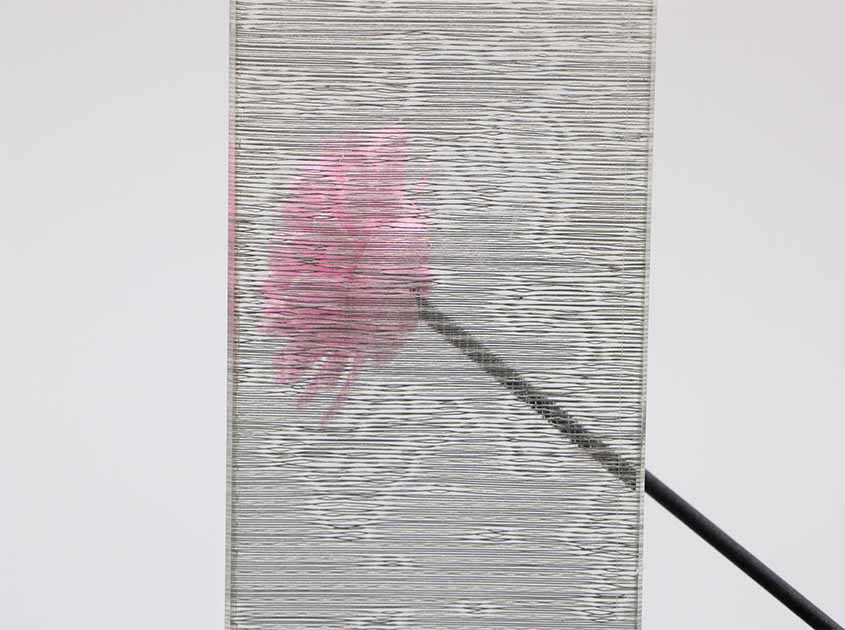
Architectural wire fabric also excels in sun shading systems. By incorporating metal mesh screens or panels, architects can effectively manage solar radiation, reduce glare, and optimize daylight penetration. The ability to control light transmission offers energy efficiency benefits and enhances occupant comfort. Moreover, the design possibilities of wire fabric allow for the creation of unique sun shading elements that contribute to the overall architectural aesthetic.
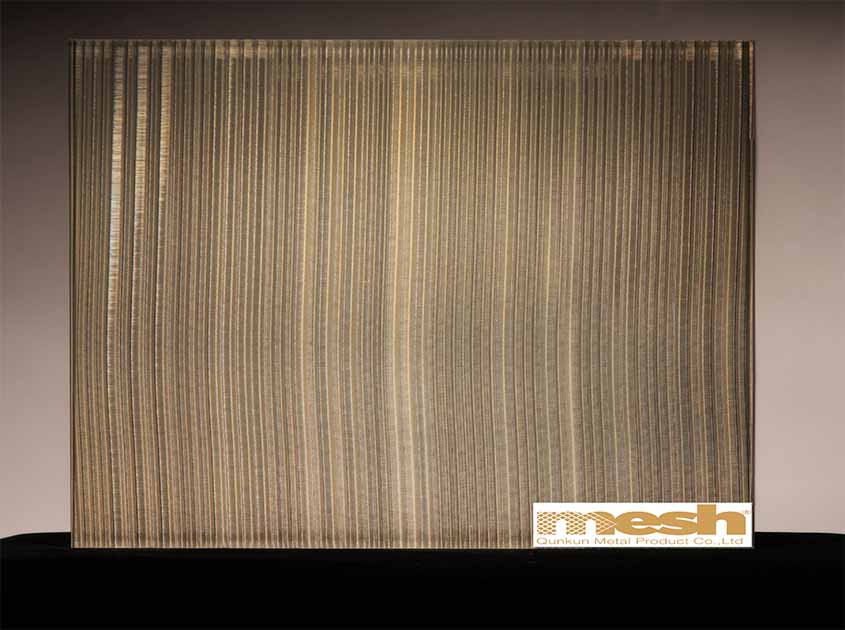
In conclusion, architectural wire fabric is transforming modern architecture by pushing boundaries and redefining traditional building practices. Its versatility, visual impact, and functional properties make it an indispensable tool for architects seeking to create innovative and sustainable designs. By exploring the myriad possibilities of architectural wire fabric, architects can elevate their projects, delivering captivating structures that harmonize with their surroundings and leave a lasting impression on occupants and viewers alike.
Recommended News



